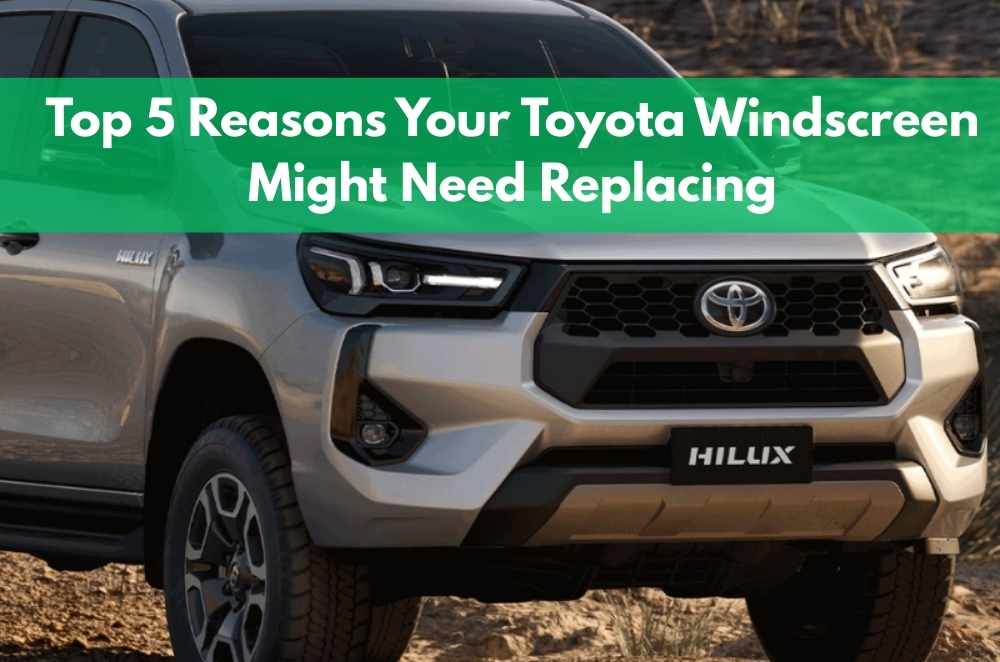
A windscreen isn’t just glass; it’s a structure, visibility, and the anchor point for safety tech. The first time a chip shot across my field of view on a hot day, I learned that timing matters more than intention. Sudden temperature swings, rough roads, and a worn wiper can turn a tidy chip into a messy crack before you find a workshop. When the stakes are comfort and safety, a trusted option for reliable Toyota glass replacement makes decisions simpler. The aim isn’t just to swap glass; it’s to restore a clear view, a strong bond to the body, and correct operation of cameras and sensors—so every trip feels steady again.
1) Chips that spider from heat and flex
Small impacts rarely stay small. Heat, vibration, and body flex can push cracks further than you expect.
Thermal shock: Rapid interior cooling or heating expands and contracts glass, turning a pinpoint chip into a spreading line.
Edge stress: Impacts near the perimeter travel faster because the glass is already under tension at the edges.
Road vibration: Corrugations and potholes flex the body, stressing existing damage with every kilometre.
Moisture creep: Water in a chip freezes or heats, prying the defect wider and weakening the area.
If a chip sits in your line of sight or near the edge, replacement typically beats repair. Leaving it “for later” often means the crack chooses the timing, not you.
2) Visibility and safety systems at risk
Clarity is more than comfort; modern driver assistance depends on a clean, stable view through the glass.
Camera sightlines: ADAS units mounted behind the mirror need undistorted vision to read lanes and traffic.
Glare amplification: Pitting and fine scratches scatter light, making dawn and dusk feel harsher than they should.
Wiper haze: Old rubbers drag grit across the screen, leaving arcs that bloom under headlights.
Defog imbalance: Micro-damage traps condensation, so demisters take longer and visibility lags.
These concerns sit inside broader vehicle safety features where visibility and structural integrity add up. If vision is compromised, the safest move is to restore the screen to full strength and clarity.
3) Structural strength after impacts
A bonded windscreen supports the roof in certain crashes and keeps airbags deploying into a solid surface.
Airbag staging: Passenger airbags can brace against the screen; a weak bond risks misdirection on deployment.
Body stiffness: The glass contributes to torsional rigidity, helping the cabin resist twist and noise.
Seal integrity: A tired urethane line can peel during stress, loosening the glass just when strength is needed.
Previous repairs: Old, imperfect installs leave voids that water and heat exploit, eroding strength over time.
I once ignored a faint creak at the A-pillar until rain proved the point. After a proper refit, the cabin quietened and the rattle vanished. Routine attention outlined in regular windscreen checks helps catch these weak signals early.
4) Pitting, scratches, and night glare
Glass ages in tiny, relentless ways. Over the years, sand, salt spray, and wipers turn clarity into haze.
Micro-pitting: High-speed grit peppers the surface, scattering oncoming light into a starry fog.
Wiper trails: Dry swipes embed arcs that flash white under headlights and rain.
Chemical staining: Harsh cleaners etch the surface, adding milky patches that never polish out.
Fatigue layer: Countless small impacts create a stressed outer skin more prone to cracking later.
When night drives feel dazzling and rainbows halo every light, fresh glass restores relief. A periodic, unbiased view, like an essential Toyota windscreen check-up, helps separate “annoying” from “unsafe”.
5) Leaks, noise, and poor previous fitment
Not every issue is visible. Sometimes the problem is in the way the glass meets the body.
Water ingress: A missed seal seam lets moisture creep behind trims, staining headliners and fogging electronics.
Wind whistle: Small gaps or uneven adhesive lines create tones at highway speed that drive you spare.
Trim mismatch: Reused or warped mouldings trap grit and flex, rubbing lines into fresh paint.
Bond geometry: Uneven bead height leaves low spots where stress concentrates and cracks start.
A quality refit is quiet; you notice the silence first. The dash feels calmer, and long drives stop sounding like a tent in a crosswind.
Cost, timing, and getting the most from a replacement
Replacement isn’t just “new glass now”; it’s a brief plan that protects your time, wallet, and the vehicle’s systems.
Assess first: Small, clean chips away from edges may be repairable, but line-of-sight or long cracks usually call for fresh glass.
Match features: Rain sensors, heaters, aerials, and camera brackets must align so everything works after install.
Calibrate smartly: ADAS often needs static or dynamic calibration once the screen is bonded and cured.
Cure and care: Following safe-drive-away and door-opening advice helps the urethane set without twist.
I schedule installs early, then avoid slamming doors and rough roads that day. It’s a small trade for a bond that lasts and sensors that behave.
Maintenance that slows the march toward replacement
A few habits stretch the useful life of the glass and keep vision crisp in all weather.
Wipers first: Fresh blades twice a year stop grit grinding arcs into the view.
Gentle cleaning: Microfibre and non-ammonia cleaners reduce streaks and protect coatings.
Temperature sanity: Avoid blasting hot defrost onto icy glass or shock-cooling a baking screen.
Space awareness: Back off on gravel or behind trucks that shed fines; distance beats repairs every time.
These small steps add up to fewer surprises and less glare at dusk, which is when most drivers feel degradation most sharply.
Bringing it together
A windscreen does three jobs at once: it lets you see clearly, it keeps the cabin stiff and quiet, and it hosts the sensors that watch the road with you. Damage chips away at each of those roles until the car feels older than it is—squinting at night, whistling on motorways, or throwing warning lights after rain. Replacement is best seen as a reset: correct glass, clean bond, aligned hardware, and calibration that returns assistance systems to normal. Take cues from daily driving—glare, leaks, rattles, and cracks that stretch—and act before a small defect starts steering your week. With a sound plan and careful fitment, the next drive feels invisible in the best way: quiet cabin, steady structure, and a horizon that stays sharp.

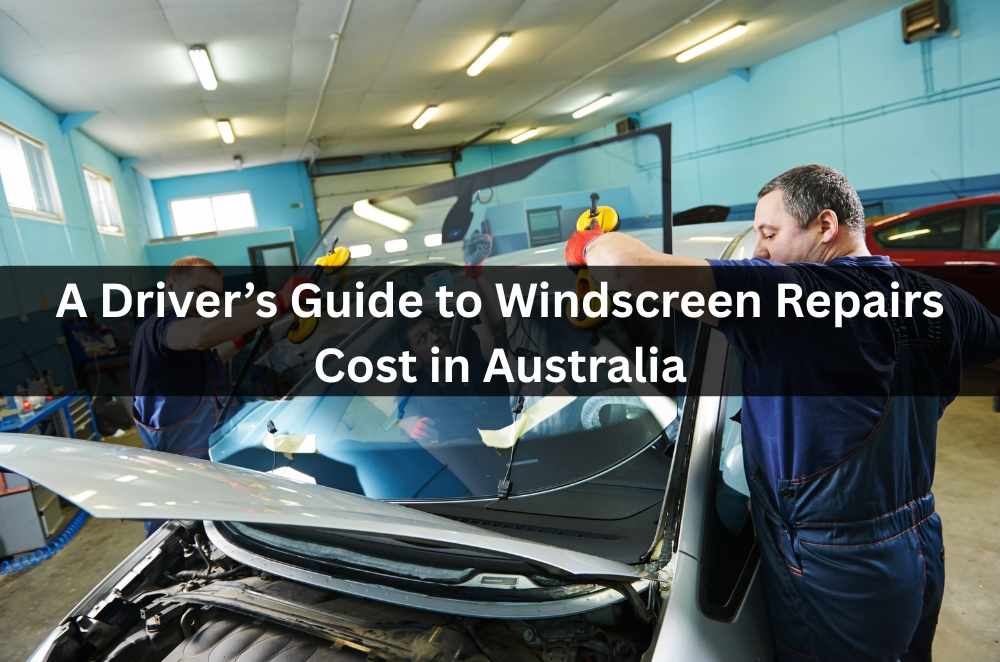
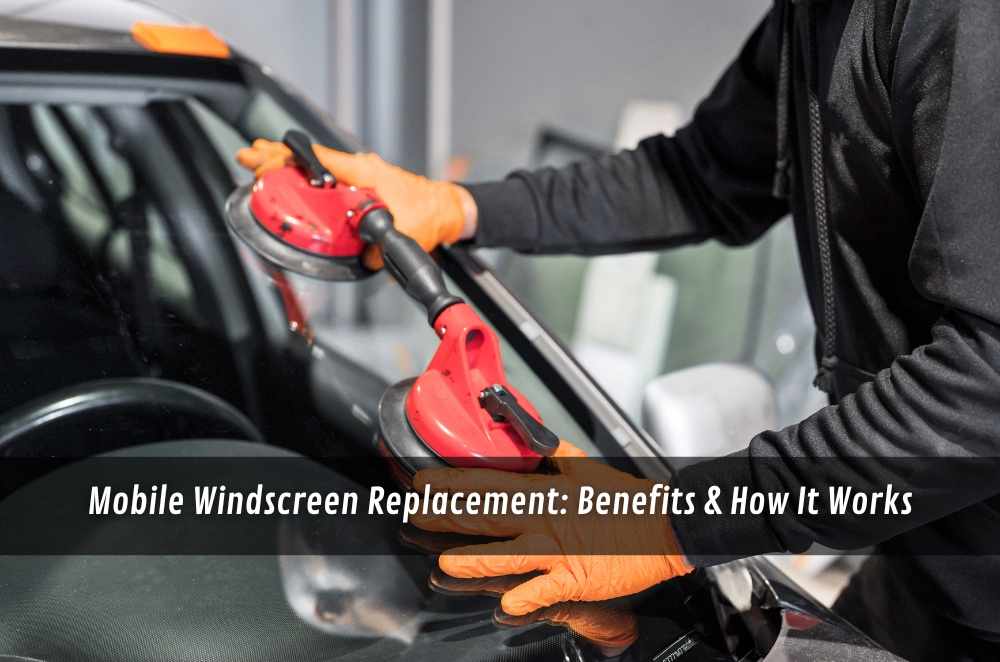
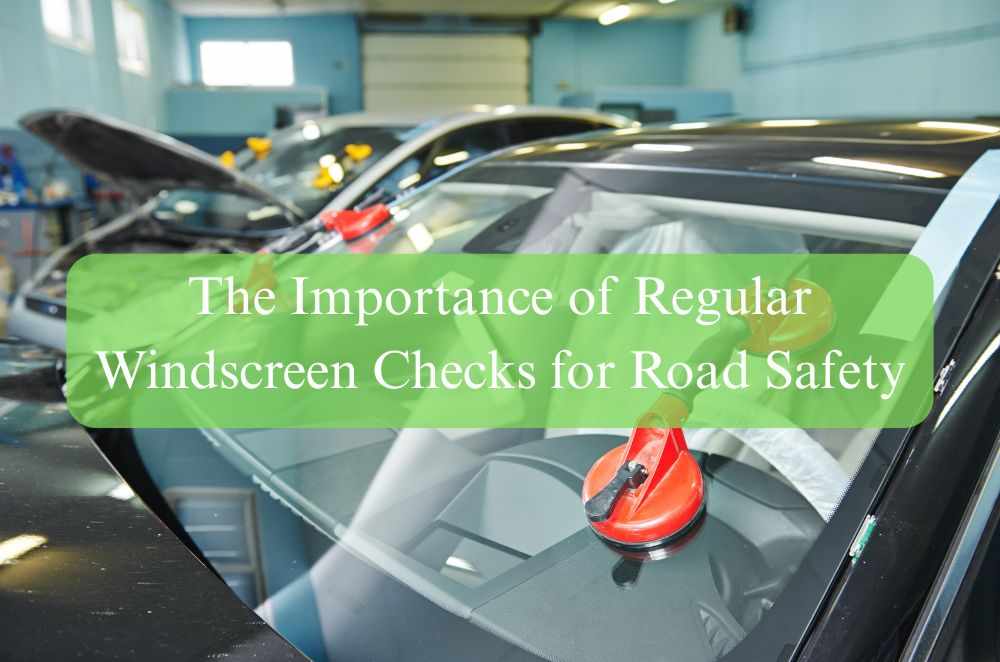


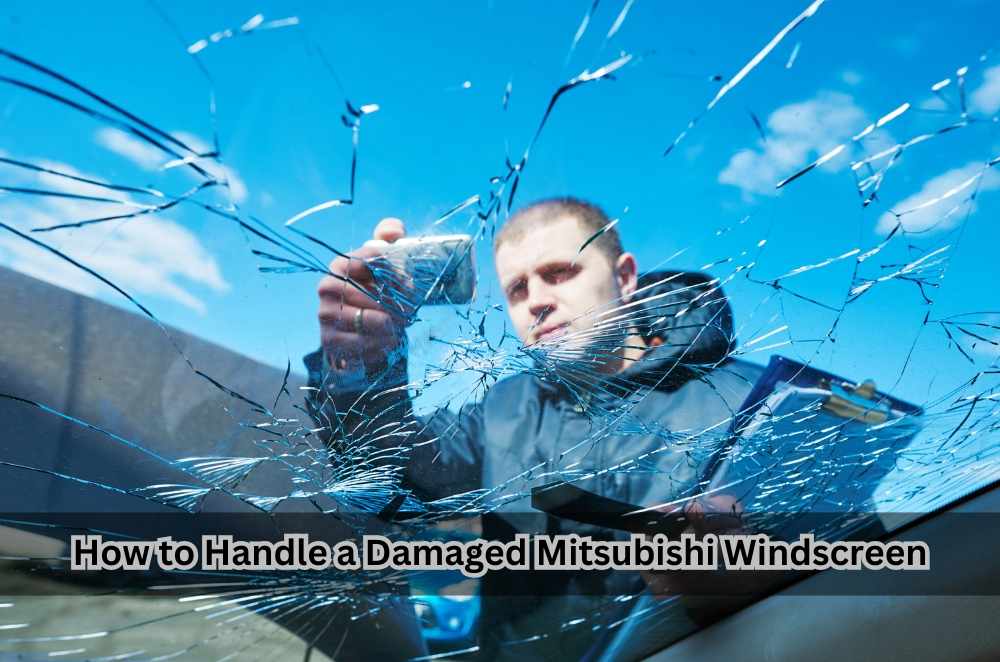


Write a comment ...